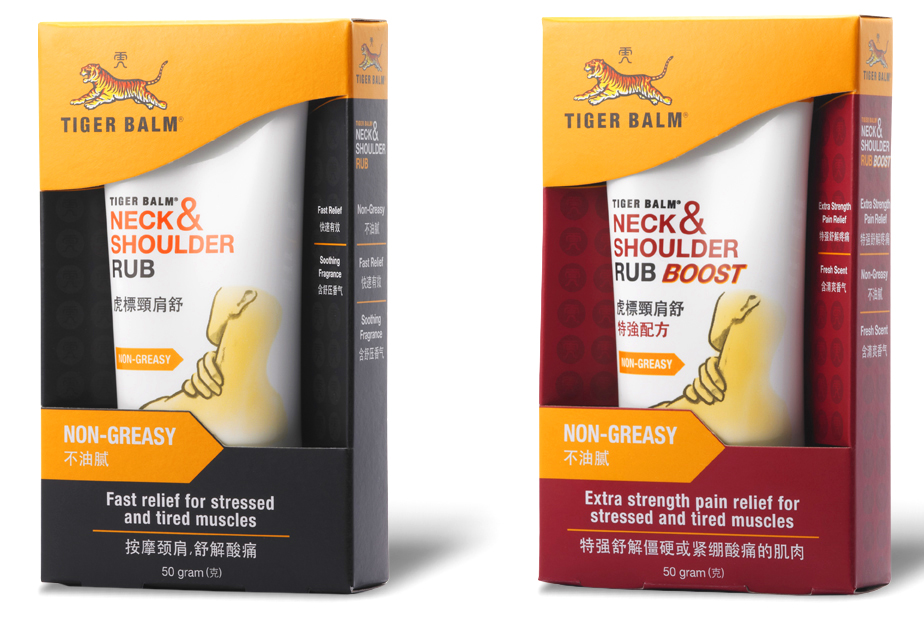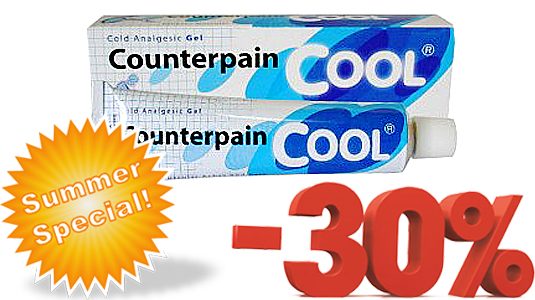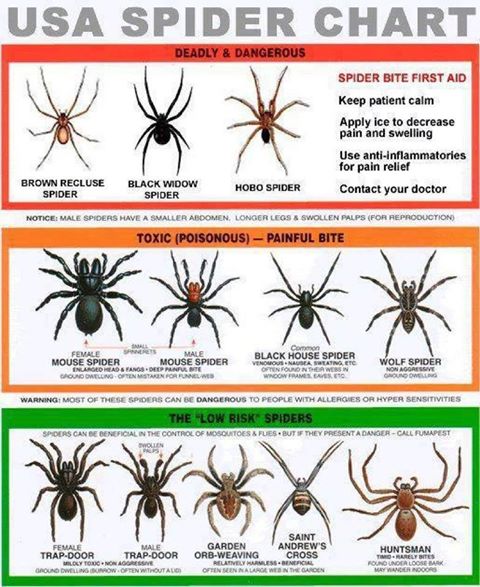If you have missed three periods in a row and you are not pregnant or menopausal, this is a matter of serious concern. You should be especially concerned if you are dealing with infertility issues, or are at risk for osteoporosis. Under these circumstances, it would be wise to visit a doctor or consult a women’s health specialist. The absence of menstruation in pre-menopausal women is called amenorrhea. If menstruation has not begun by the age 16, it is called “primary amenorrhea.” If previously normal menstruation stops for more than three months in a woman who is not pregnant or breast feeding and is not nearing menopause, it is called “secondary amenorrhea.”
Amenorrhea in Conventional Medicine
From the viewpoint of conventional Western medicine, normal menstrual cycles are based on a complex feedback system between the hypothalmus, the pituitary gland, and the ovaries, as well as the cyclical reaction of the lining of the uterus (the endometrium) to sex hormones. Primary amenorrhea is considered to be caused by one of the following disorders: hypothalamic disorder, such as deficiency of thyrotropic, adrenocorticotropic or gonadotropin-releasing hormones; pituitary insufficiency; or an ovarian disorder, such as a sex-chromosome problem. Secondary amenorrhea can be caused by any of the following disorders: pituitary dysfunction; ovarian dysfunction; adrenal gland dysfunction; thyroid dysfunction, etc. Quite a few hormones are involved in the absence of menstruation, including follicle-stimulating hormone (FSH), luteinizing hormone (LH), prolactin, estrogen, progesterone, androgen, and gonadotropin-releasing hormone (GnRH).
Because menstrual irregularities are so strongly linked to hormone imbalances, it is natural for doctors to prescribe hormone therapy to regulate menstrual cycles. Progesterone and estrogen are given to start or restart the periods. Estrogen supplements are frequently prescribed to help prevent osteoporosis in women with no underlying disorder if the amenorrhea has lasted for more than six months. Birth control pills are the most popular form of estrogen replacement therapy. If hormone replacement therapy is recommended to you, it is important for you to know about the functions of these hormones, as well as their side-effects and long-range effects. In this article, we will focus on secondary amenorrhea in the framework of Chinese medicine.
Amenorrhea in Chinese Medicine
In traditional Chinese medicine, the most important organs that regulate Blood and menstruation are the Liver, Spleen, and Kidneys; and the key Fundamental Substances are Chi and Blood. The Liver “stores the Blood,” and is responsible for maintaining a smooth and even flow of Blood, Chi, and emotions through the body. Emotions such as anger, irritation, resentment, and anxiety can lead to stagnation of Liver Chi, which in turn can lead to Blood Stasis (especially in the lower body). A main function of the Spleen is to produce Chi and Blood. If the Spleen is weak, there will eventually be a deficiency of Chi and/or Blood, so there will not be enough blood for normal menstruation, or enough Chi to regulate normal cycles. Also, if the Spleen is too weak, it can lead to a condition of Dampness in the body, and Phlegm-Damp can obstruct the uterus. The Kidneys are the organ responsible for conception, reproduction, and aging over time. Kidney-essence is the ultimate origin of menstrual blood.
Amenorrhea can be differentiated into Deficiency patterns or Excess patterns. With Deficiency patterns, the Blood is exhausted or deficient. With Excess patterns, Chi or Blood may be stagnant, retention of Phlegm-Dampness can lead to obstruction of menses, or there is Blood Stasis.
Besides the mechanisms discussed above, some lifestyle factors can cause amenorrhea. Long-term use of contraceptive pills can bring about Blood Deficiency or Kidney Chi Deficiency. Excessive physical exercise or participation in sports, with over-use of the muscles and sinews, can lead to a deficiency condition of the Spleen and Liver. The Spleen fails to produce adequate amounts of Blood, and the Liver fails to store Blood properly, which leads to amenorrhea.
Patterns and Herbal Treatment of Amenorrhea in Chinese Medicine
The following four patterns are very common in cases of secondary amenorrhea. The first two patterns, Kidney Liver Deficiency and Chi Blood Deficiency are Deficiency patterns. To treat these two patterns, the Deficiency must be tonified. The other two patterns, Chi Stagnation with Blood Stasis, and Phlegm Dampness Retention, are Excess patterns. For these two patterns, the Excess should be eliminated through the use of Chinese herbal medicines.
Kidney Liver Deficiency.General weakness, malnourishment of the Kidneys and Liver, or an irregular sex life are the origins of this pattern. Symptoms include: absence of menstruation for a significant period of time; a thin body; dizziness; palpitations; back and knee soreness; insomnia; dream-disturbed sleep; chest congestion; anxiety; hot flashes; excessive perspiration; a red tongue body, absence of tongue coating, or cracks on the tongue; and a wiry-rapid-thin pulse. Rehmannia (Shu Di Huang), dioscorea root (Shan Yao), and angelica (Dang Gui) are the leading herbs that tonify Kidney-essence and Liver Blood. Restoring Kidney Formula (Gui Shen Wan), which includes these herbs, is a wonderful formula for this pattern of amenorrhea.
Chi Blood Deficiency. Chronic illness; excessive bleeding from childbirth, miscarriage, or surgery; or prolonged breast feeding are possible origins of this pattern. Typically, periods become scantier and scantier at the end of the cycle, and eventually cease altogether. Other symptoms include: a pale complexion; dizziness; palpitations; weakness of the limbs; lassitude; loose stools; a pale, thin tongue; and a thin-wiry or thin-weak pulse. Ginseng (Dang Shen) is the top Chi tonic herb. Angelica (Dang Gui) is the leading Blood tonic herb. Chi Blood Tonic (Ba Zhen Tang) is the most widely-used herbal formula for the Chi Blood Deficiency pattern.
Chi Stagnation and Blood Stasis. Emotional stress or trauma is the most common origin of this pattern. Menstruation ceases after intense or prolonged emotional stress or trauma. Symptoms include: absence of menstruation; depression; anxiety; a sensation of fullness in the chest and under the rib cage; swelling or fullness of the abdomen with an aversion to pressure; lack of appetite; thirst; desire to drink cold water; constipation; sides of the tongue are purple, with a yellow-white-sticky tongue coating; and a thin-wiry or deep-choppy pulse. Buplerum (Chai Hu), angelica (Dang Gui), and white peony (Bai Shao) are some popular herbs, and Liver Spleen Harmonizer (Xiao Yao San) is a well-known herbal formula to address this pattern.
Phlegm Dampness Retention. Chronic overweight or a deficient Spleen are a common background for this pattern, as well as the habitual consumption of cold, raw, or greasy foods (especially dairy products). Overweight and Spleen Deficiency contribute to metabolism problems, and retention of Phlegm Dampness leads to absence of menstruation. Other symptoms include: a feeling of fullness and congestion in the chest and lower rib cage; nausea; vomiting; a feeling of sticky phlegm in the mouth; lassitude; large amounts of sticky, mucoid vaginal discharge; a yellow-white-sticky tongue coating; and a thin-slippery pulse. Single herbs such as atractylodes lancea tuber (Cang Zhu), cyperus tuber (Xiang Fu), and tangerine peel (Chen Pi), and an herbal formula, Phlegm Cleansing (Cang Fu Dao Tan Tang) are widely used to address this pattern of amenorrhea.
Acupuncture vs. Medications for Amenorrhea
Besides herbal medicine, acupuncture and moxibustion are two other widely-used healing tools in traditional Chinese medicine. Although both traditional Chinese medicine and conventional Western medicine aim to achieve the same goal — restart the periods and restore the normal cycle, a significant difference exists between these two modalities. Traditional Chinese medicine stimulates the body to regulate its naturally-occurring hormones and restore the normal hormone function, while conventional Western medicine restores the function of the thalamus-pituitary-ovary axis through the use of artificial hormones. The following clinical study shows that they have very different long-lasting effects.
A clinical study was conducted at the Thousand Buddha Mountain Hospital in Jinan, China, to determine the efficacy of acupuncture vs. medication for amenorrhea. There were ninety-five subjects in the study. All the patients amenorrhea has lasted for six months or more, and was attributed to the use of birth control pills. Fifty-seven of the patients were in the Acupuncture Treatment Group, and thirty-eight patients were in the Medication Group. Two patterns of amenorrhea, Spleen Liver deficiency and Liver-Chi stagnation, were differentiated in the Acupuncture Treatment Group. Acupuncture points Ren 3 (Zhong Ji), extra point Zi Gong, Ki 12 (Da He), Sp 6 (San Yin Jiao), and BL 32 (Ci Liao) were used. BL 20 (Pi Shu), BL 23 (Shen Shu), St 36 (Zu San Li), Sp 4 (Gong Sun) and moxibustion on these points were added for the Spleen Liver Deficiency pattern, while BL 18 (Gan Shu), Liv 13 (Qi Men), and Sp 9 (Yin Ling Quan) were added for the Liver Chi Stagnation pattern. A course of treatments consisted of twenty treatments. The whole treatment consisted of six courses, with five-day breaks between the courses. In the Medication Group, patients took Stilbestrol first, then Progesteronum was injected. One month after finishing the treatments, the effective rate (cure, great improvement and improvement) for the Acupuncture Treatment Group was 96.49%, while the effective rate for the Medication Group was 97.36%. Initially, there was no significant difference between these two groups. Six months after finishing the treatments, however, the effective rate was reported at 94.73% for the Acupuncture Treatment Group, while the effective rate dropped to 78.94% for the Medication Group. This is a significant difference between the two groups, suggesting that the long-range effects of acupuncture are very positive.
Many studies in China reveal that acupuncture, moxibustion, and Chinese herbal medicine are superior to conventional medicine in the treatment of menstrual disorders, including amenorrhea.
By Wei Liu, TCMD, MPH, LAC and Changzhen Gong, PhD, MS - The American Academy of Acupuncture and Oriental Medicine (AAAOM)







